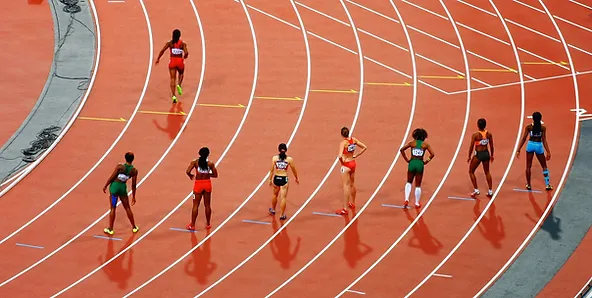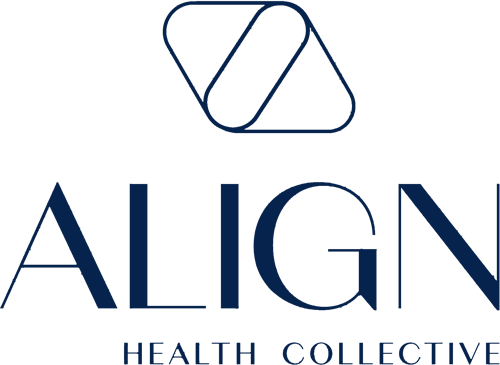Last year we saw Australian world champion hurdler Sally Pearson pull out of the 2018 Gold Coast Commonwealth Games due to a recurring Achilles injury. At a press conference held last Thursday, Sally Pearson told reporters that her injury has been ongoing for a couple of years, however a recent flare up of this long term problem has caused her to pull out of the 100m and 200m hurdles events.
Achilles tendinopathy is an overuse injury of the Achilles tendon with symptoms including pain at the back of the heel, which may be worse in the morning or following exercise, which often ‘warms up’ throughout the day. Your Achilles tendon is an extension of your calf muscles (gastrocnemius and soleus muscles) which inserts onto the back of your heel bone (calcaneus). Achilles tendinopathy can be categorised into either insertional or mid-portion depending on the site of pain along the tendon.
Achilles tendinopathy is an overuse injury, meaning that the microtrauma applied to the Achilles tendon overwhelms its ability to repair itself. Risk factors that may lead to increased
Achilles tendon loads include:
- Excessive pronation, as this movement causes the Achilles tendon to be stretched and twisted as the heel rolls inward.
- Poor shock absorption (which commonly occurs in a supinated or high arched foot type) as joint mobility in the foot is often compromised resulting in high amounts of forces being transmitted through the joint and creating abnormal stress on the soft tissue structures of the lower leg and foot.
- Like all overuse injuries, training errors such as increasing training frequency, duration or intensity too quickly can lead to injury. Other training errors may include poor technique (e.g. heavy heel strike during running), training on hard surfaces or poor/worn out footwear.
Short term treatment for Achilles tendinopathy first involves controlling pain and inflammation. This involves the RICE (rest, ice, compression, elevation) regime, activity modification and offloading. Depending on the level of pain, offloading may include taping (low-dye or kinesiology tape), the use of orthotics, a heel lift, or a CAM walker if pain is severe.
Long term treatment revolves around a specifically tailored rehabilitation program, which when pain levels allow involves strengthening exercises, as well as possibly shockwave therapy or steroid injections. In severe cases, surgery may also be required. As with all soft tissue injuries, a risk factor for injury is having a history of injury therefore recurrence rates are quite high. It is important that individuals complete their rehabilitation appropriately and do not return to sport before the tendon has fully recovered and able to withstand load.
If you are experiencing any pain associated with a suspected achilles injury, or have any other questions please contact our local Podiatrists/Physiotherapists in Oakleigh or Kew on (03) 9568 1011. You can also book an appointment online at www.alignhc.com.au.

